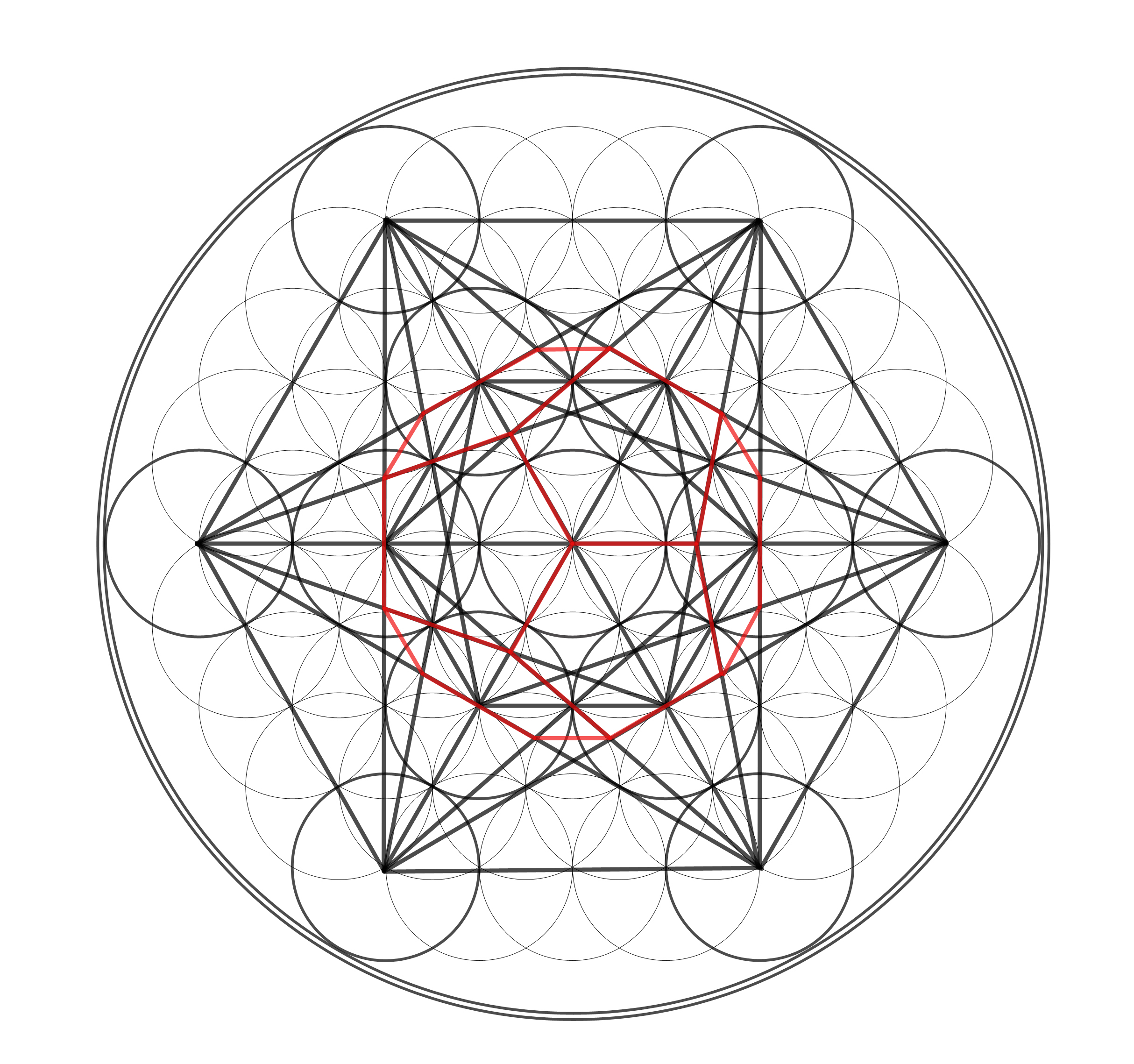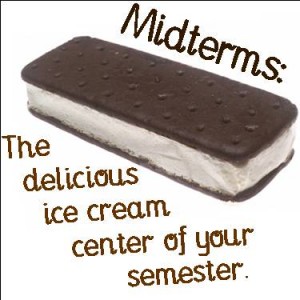|
|
LITR 4370 Tragedy
due by email b/w 17-21 February
|
|
(This webpage is the assignment for our course's first midterm. This page will be updated and refined up to 16 February, when paper copies will be distributed.)
Three parts to Midterm1:
![]() Part 1. Genre
definition and example(s): Using the
Introduction to
Genres page, develop a "working definition" of
genre in three categories (Subject / Audience, Formal,
Narrative) and apply them to a genre of your choice besides tragedy (though it can relate). Cite at least
2 examples of
your genre from your reading, viewing, or listening experience (one or more of
which you'll analyze) and 2 research sources from
the
course website or beyond. (4+ paragraphs, 1.5-2 double-spaced page equivalent)
Part 1. Genre
definition and example(s): Using the
Introduction to
Genres page, develop a "working definition" of
genre in three categories (Subject / Audience, Formal,
Narrative) and apply them to a genre of your choice besides tragedy (though it can relate). Cite at least
2 examples of
your genre from your reading, viewing, or listening experience (one or more of
which you'll analyze) and 2 research sources from
the
course website or beyond. (4+ paragraphs, 1.5-2 double-spaced page equivalent)
![]() Part 2. Learning Essay 1. Write an
opening draft of
semester-long essay on your overall learning experience
concerning the nature of tragedy and
comedy (4+ paragraphs, 1.5-2 double-spaced page equivalent)
Part 2. Learning Essay 1. Write an
opening draft of
semester-long essay on your overall learning experience
concerning the nature of tragedy and
comedy (4+ paragraphs, 1.5-2 double-spaced page equivalent)
![]() Part 3.
Research Report 1 (Proposal) on Special Topic.
Preview and explain your choice of
Special
Topics for
semester-long Research Report, to be developed in
Midterm2
and concluded in Final Exam. Refer
to two research sources from
course website or elsewhere. (3-4 paragraphs, 1.5-2
double-spaced page equivalent)
Part 3.
Research Report 1 (Proposal) on Special Topic.
Preview and explain your choice of
Special
Topics for
semester-long Research Report, to be developed in
Midterm2
and concluded in Final Exam. Refer
to two research sources from
course website or elsewhere. (3-4 paragraphs, 1.5-2
double-spaced page equivalent)
Special requirements:
![]() Provide
titles
for all essay-answers to all three parts.
Provide
titles
for all essay-answers to all three parts.
![]() Refer to a previous midterm or final exam sample from
Model Assignments at least once somewhere in your
exam. (More than one reference can be impressive.)
Refer to a previous midterm or final exam sample from
Model Assignments at least once somewhere in your
exam. (More than one reference can be impressive.)
![]()
![]() In Essay 2 or
elsewhere,
refer to most if not all the plays
read to midterm, including Oresteia trilogy (Agamemnon
+ selections from
Libation
Bearers &
Euminides);
Mourning Becomes Electra /
Homecoming, and
Lysistrata; plus or minus other plays
(or films) you know or class has presented,
like The Bacchae.
In Essay 2 or
elsewhere,
refer to most if not all the plays
read to midterm, including Oresteia trilogy (Agamemnon
+ selections from
Libation
Bearers &
Euminides);
Mourning Becomes Electra /
Homecoming, and
Lysistrata; plus or minus other plays
(or films) you know or class has presented,
like The Bacchae.
Audience: a future member of our class (who may read your exam on Model Assignments). Help that student learn his or her way through our course materials. Help that future student care about what both of you may learn.
Of course your ultimate audience is your instructor, who mostly responds to how well you show what you're learning in terms of fulfilling the assignment, accounting for essential course content, and how readable and compelling your writing can be.
Most unusual feature of this course's midterms and final exam: All three parts are semester-long writing projects. In response to feedback from instructor and your own learning, you will revise, update, and extend what you've written to Midterm2 and the Final Exam.
Your research report topic may change somewhat as you continue your research. You may change your topic, but you must review where you started and connect to new topic by explaining the change and any possible continuity.
Where students go wrong: They ignore resources available on exam and website, trying to remember or make things up instead of clicking on terms and reviewing objectives.
![]()
![]()
![]()
![]()
![]()
![]()
![]()
![]()
![]()
![]()
![]()
![]()
![]()
![]()
![]()
![]()
Part 1. Genre definition and example(s): Using the Introduction to Genres page, develop a "working definition" of genre in three categories (Subject / Audience, Formal, Narrative) and apply them to a genre of your choice besides tragedy (though it can relate). Cite at least 2 examples of your genre from your reading, viewing, or listening experience (one or more of which you'll analyze) and 2 research sources from the course website or beyond. (4+ paragraphs, 1.5-2 double-spaced page equivalent)
Contents:
![]() "Working
Definition" =
use the
Introduction to
Genres to define the meaning, importance, and
limits of "genre." Specifically define and distinguish Subject / Audience genre,
Formal genre, and Narrative genre with brief, general references to your
text-examples. This "working
definition" can be revised, questioned, or extended as you work with
examples of your chosen genre.
"Working
Definition" =
use the
Introduction to
Genres to define the meaning, importance, and
limits of "genre." Specifically define and distinguish Subject / Audience genre,
Formal genre, and Narrative genre with brief, general references to your
text-examples. This "working
definition" can be revised, questioned, or extended as you work with
examples of your chosen genre.
![]() Choose a specific genre to analyze: Start with a genre you
already know and like, or scan
List of Genres for
possibilities. Your main example for development of your working
definition will be your choice of genre and example-texts to analyze.
Choose a specific genre to analyze: Start with a genre you
already know and like, or scan
List of Genres for
possibilities. Your main example for development of your working
definition will be your choice of genre and example-texts to analyze.
-
Your genre may be literary or extra-literary, for instance a category or genre of film, music, theater, dance, visual art (genre paintings), reality TV, sitcoms, stand-up comic monologues, etc.
![]() Required research sources: For midterm1, 2 research sources from
Required research sources: For midterm1, 2 research sources from
These sources may be from our course's instructional sites, from Model Assignments by previous students (links below), or from sources beyond this course.
![]() How to analyze your example as genre: This essay is a classic exercise
in the critical-thinking pattern of definition-example-analysis,
in which the writer ventures a working definition, tests it against examples,
then revises or extends the definition based on how the example interacts with
the definition.
How to analyze your example as genre: This essay is a classic exercise
in the critical-thinking pattern of definition-example-analysis,
in which the writer ventures a working definition, tests it against examples,
then revises or extends the definition based on how the example interacts with
the definition.
![]() What feedback to expect: Most students develop the categories of genre,
then apply them to the genre and example(s). Instructor feedback often
emphasizes how to do both at once—that is, explain each category while
immediately using examples from your genre and text-examples.
What feedback to expect: Most students develop the categories of genre,
then apply them to the genre and example(s). Instructor feedback often
emphasizes how to do both at once—that is, explain each category while
immediately using examples from your genre and text-examples.
![]() Subject / Audience genre
(genre as most people understand it)
Subject / Audience genre
(genre as most people understand it)
![]() Formal genre
(form of imitation or mimesis)
Formal genre
(form of imitation or mimesis)
![]() Narrative genre (genre
as story, aspect most
emphasized in course)
Narrative genre (genre
as story, aspect most
emphasized in course)
![]() Warnings / Reassurances:
Warnings / Reassurances:
2015 Model Essays for Part 1, Midterm1; 2016 Model Essays for Part 1, Midterm
![]()
Part 2. Learning about Tragedy 1. Write an opening draft of semester-long essay on your overall learning experience concerning the nature of tragedy and comedy (4+ paragraphs, 1.5-2 double-spaced page equivalent)This essay will continue in midterm2 (extending to romance) and conclude in your final exam
Length: 4-5 paragraphs, 1.5-2+ double-spaced page equivalent.
Text requirements: Refer to all of the following course texts for examples of tragedy's (or comedy's) characteristics or conventions:
-
The Oresteia (Agamemnon, Libation Bearers, Euminides)
-
Mourning Becomes Electra (esp. The Homecoming)
-
Lysistrata
-
Bacchae is possible but not required.
References to popular examples and texts beyond course are welcome, as are references to any earlier experiences reading and studying tragedy and comedy in other courses at any level, but concentrate on developing examples from required course readings,
For your midterm2 and final extensions of this Learning Essay, you're not totally locked into your opening draft. I'll offer feedback for improvements and possible extensions. You will revise, improve, and extend your opening draft or change directions by explaining and making transitions. The purpose is to start thinking and expressing what you're learning.
Even though our course topic is tragedy, which must remain a focus, your essay isn't limited to tragedy. Compare and contrast to other genres, especially comedy. Also you may compare the tragedies we're studying to other works of drama, cinema, or fiction you've read or studied.
Possible approaches:
![]() Start with what you already knew or assumed about
Tragedy (along with other
genres) and transition from that earlier knowledge or attitudes to what you're learning
now. Compare,
contrast, evolve.
Start with what you already knew or assumed about
Tragedy (along with other
genres) and transition from that earlier knowledge or attitudes to what you're learning
now. Compare,
contrast, evolve.
![]() Use classic academic essay pattern of definition & example.
Introduce term(s), establish a "working definition" (or two), introduce examples,
describe how examples fulfill, challenge, or extend definition.
Use classic academic essay pattern of definition & example.
Introduce term(s), establish a "working definition" (or two), introduce examples,
describe how examples fulfill, challenge, or extend definition.
![]() Compare and contrast
Tragedy and
Comedy, using
Aristotle's Poetics,
narrative genres
(describing the story-patterns of
tragedy
and
comedy, and
other sources to define the characteristics and appeals of each genre.
Compare and contrast
Tragedy and
Comedy, using
Aristotle's Poetics,
narrative genres
(describing the story-patterns of
tragedy
and
comedy, and
other sources to define the characteristics and appeals of each genre.
2015 Model Essays for Midterm1 Part 2; 2016 Model Essays for Part 2, Midterm
![]()
Part 3. Research Report 1 (Proposal) on Special Topic. Preview and explain your choice of Special Topics for semester-long Research Report, to be developed in Midterm2 and concluded in Final Exam. Refer to two research sources from course website or elsewhere. (3-4 paragraphs, 1.5-2 double-spaced page equivalent)
![]() For
midterm2, you will update and revise your proposal and
extend to report your findings from at least four research sources (total) and what you
learned.
For
midterm2, you will update and revise your proposal and
extend to report your findings from at least four research sources (total) and what you
learned.
![]() For the
final exam, you will update and revise the
first two parts of your research report and extend to report findings from at
least at least six research sources (total).
For the
final exam, you will update and revise the
first two parts of your research report and extend to report findings from at
least at least six research sources (total).
Length: Your research report proposal for midterm1 should be 3-4 paragraphs explaining your source, your interest, existing knowledge, and what you learned from two research sources.
Assignment: Indicate by number and title which topic you're choosing. If you're stuck between two possibilities, describe attractions or possibilities for each. Explain why you're interested, any previous knowledge, or examples or instruction relevant to topic.
Text references: Use course texts as examples or models for your topic, but also welcome and encouraged to refer to popular examples or texts beyond course. (Introduction and development of texts for research report may be continued across semester.)
Research requirements: Two research sources should be referred to in terms of how they may help develop your topic. See Special Topics for possible sources, and remember that previous students' discussions of your topic from Model Assignments may provide a source.)
1. Tragedy and its Updates (Obj. 2a)
2. “Plot is the Soul of Tragedy” + Comedy & Romance (Obj.1, Aristotle’s Poetics, Genres handout)
3. Families in Tragedy + The Oedipal / Electra Conflict
4. Tragedy and Spectacle
5. Classical Humanism and Judeo-Christianity or other religious traditions in Tragedy (Obj. 3)
6. Tragedy as greatest genre--extension of midterm essay.
7. Tragedy’s cultural and historical backgrounds (Obj. 3a)
8. Sophocles and O'Neill: a review of styles, subjects, and stature in four plays.
9. Teaching Tragedy
10. Nietzsche's Birth of Tragedy and the Apolline / Dionysiac.
11. Aesthetics of Tragedy: the sublime and beyond: What pleasures and pains with tragedy?
12. The so-called Tragic Flaw: where and what is it, and why do students and teachers fixate on it?
13. Self-generated topic of your choice that would be recognizable to a member of our class.
14. Special topic for Spring 2017: research on Romeo & Juliet + attendance at UHCL performance (March 9, 10, 11).
15. Contemporary / popular films as tragedies?
(
![]()
Evaluation standards: Readability, competence levels, and thematic unity.
![]() Readability & surface competence:
Your reader must be able to
process what you're explaining. Given the pressures of a timed writing exercise,
some rough edges are acceptable, but chronic errors or elementary style can hurt.
Readability & surface competence:
Your reader must be able to
process what you're explaining. Given the pressures of a timed writing exercise,
some rough edges are acceptable, but chronic errors or elementary style can hurt.
![]() Content quality:
Comprehension of subject, demonstration of learning,
use of course resources including instructional webpages + interest & significance: Make your reader *want* to
process your report. Make the information meaningful; make it
matter
to our study of literature and culture. Reproduce course materials accurately
but refresh with your own insights, examples, and experiences.
Content quality:
Comprehension of subject, demonstration of learning,
use of course resources including instructional webpages + interest & significance: Make your reader *want* to
process your report. Make the information meaningful; make it
matter
to our study of literature and culture. Reproduce course materials accurately
but refresh with your own insights, examples, and experiences.
![]() Thematic Unity and Organization:
Unify materials along a line of thought that a reader
can follow from start to finish. Consult sites on
Unity / Continuity / Transition &
Transitions.
Thematic Unity and Organization:
Unify materials along a line of thought that a reader
can follow from start to finish. Consult sites on
Unity / Continuity / Transition &
Transitions.
 |
 |
 |


